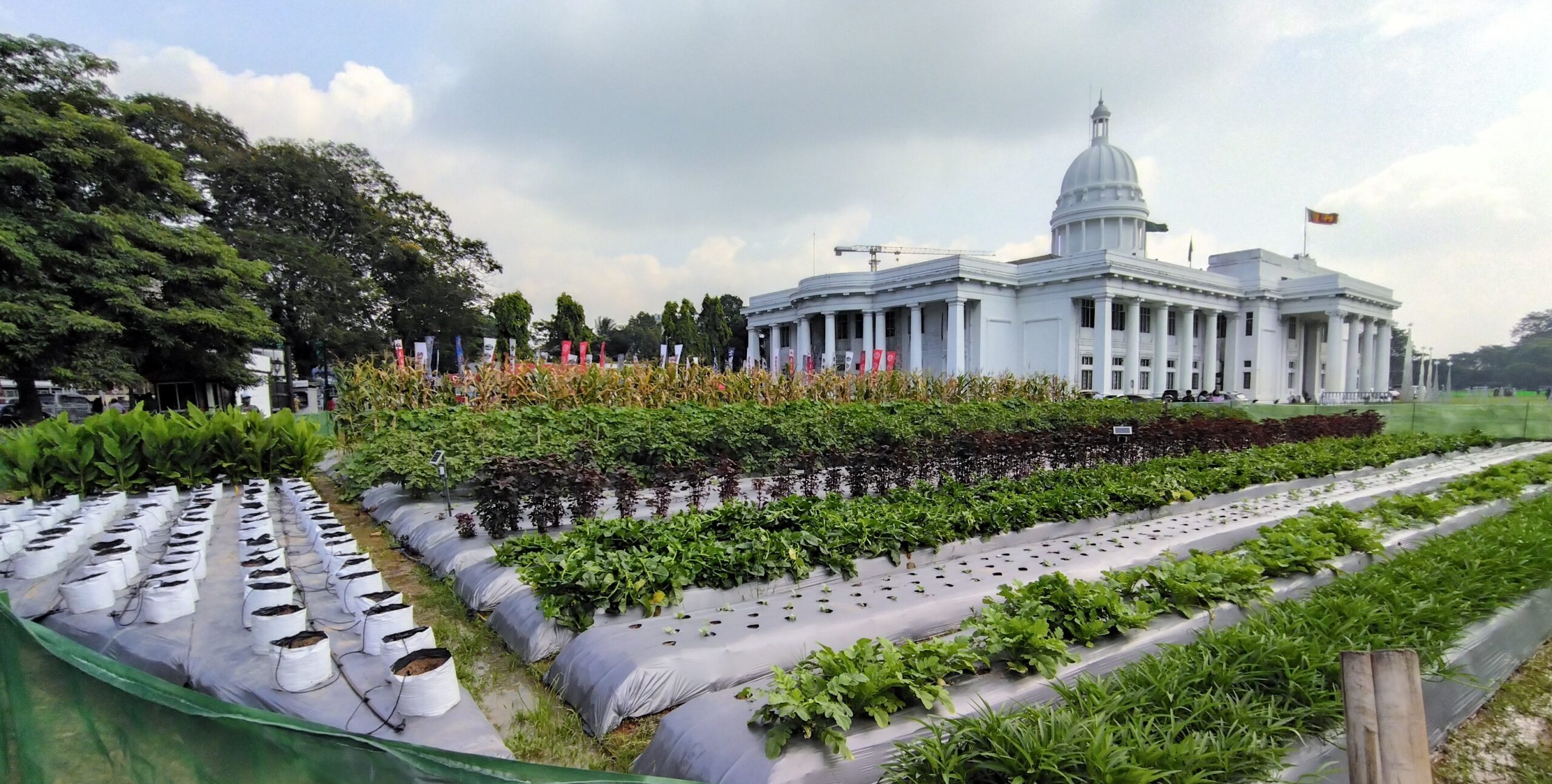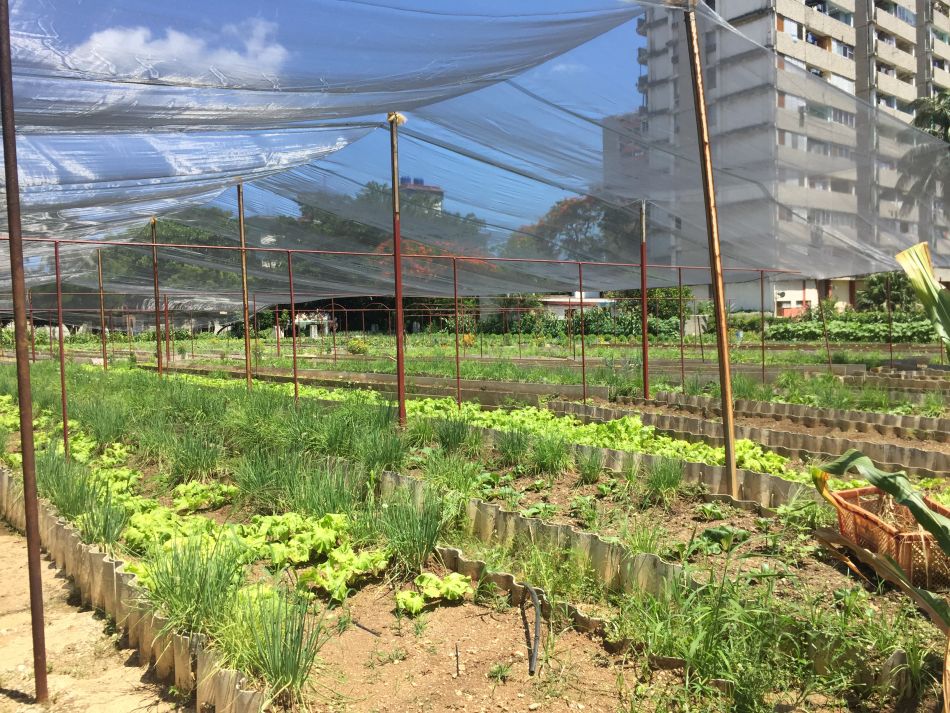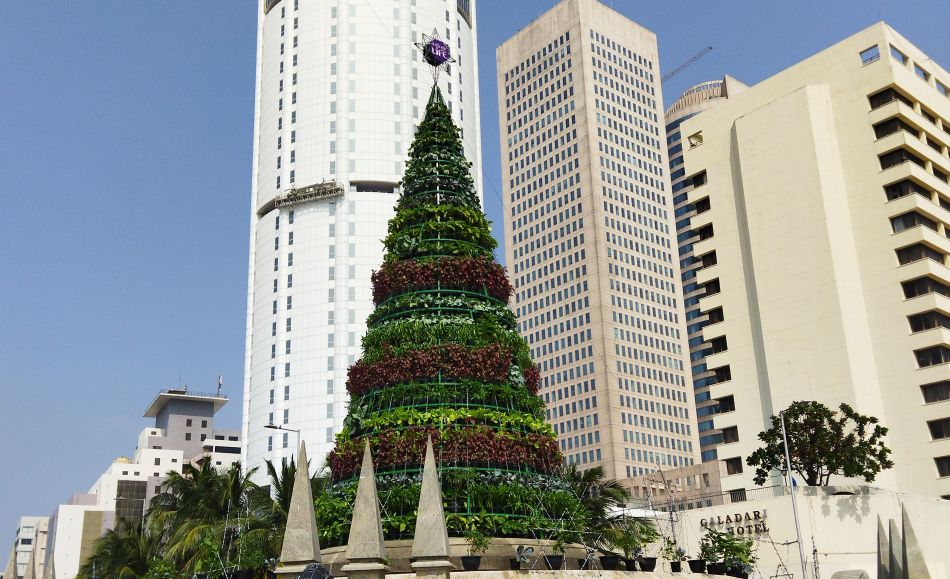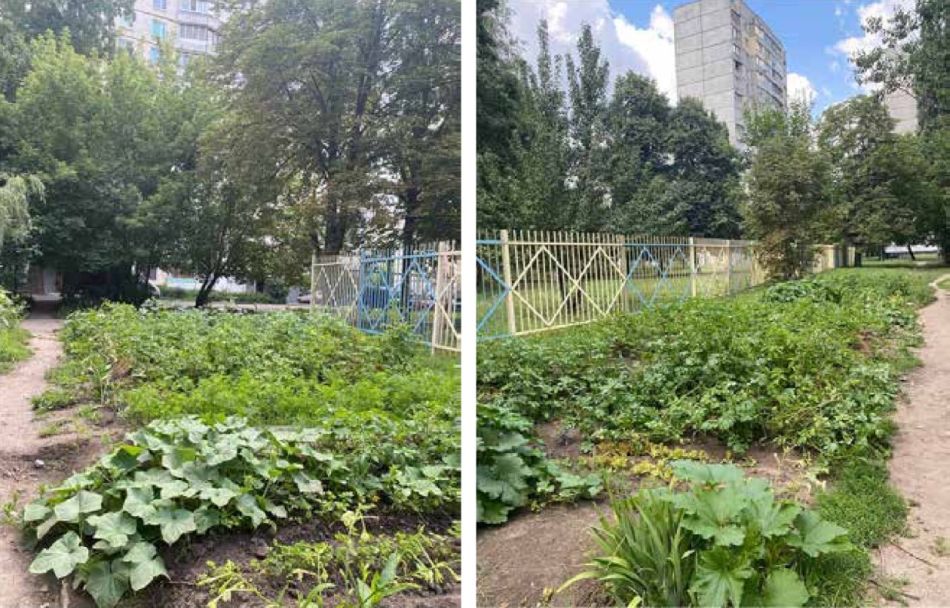By
Andrew Adam-Bradford, Centre for Development and Emergency Practice, Oxford Brookes University, Oxford, UK
Pay Drechsel, Senior Fellow- Advisor – Research Quality Assurance, International Water Management Institute

Economic crises take different forms and occur for various reasons, such as political conflicts and pandemics. What all these crises have in common is that they cause disruption to rural-urban food supply chains, resulting in food shortages for the urban poor, with the most direct impact being an increase in food prices. It is within this challenging context that urban agriculture can play a noteworthy role, as highlighted in a recent CGIAR Policy Brief.
In many parts of the world, urban farming has been recognized for its contribution to short food supply chains, urban food security and livelihoods, and its recreational value. However, urban farming often gets overlooked in urban planning, particularly in the Global South. It is only during times of an economic crisis, war, internal displacements or other shocks, which affect rural-urban linkages and urban food security, that urban food systems get attention.
An often-cited case on the importance of urban farming during an economic crisis is Cuba. Following the collapse of the Soviet Union and the subsequent cessation of subsidized imports of fuel and oil-based agrochemicals, Cuba’s agro-industry struggled significantly in the early 1990s. A comprehensive national agriculture program tasked every organization and municipality – large or small – to cultivate (tax-free) all unused and fallow lands, develop intensive organic farming systems, and support resource recovery from urban waste. With this backing, the previously almost non-existent urban food production systems emerged and excelled in yielding fresh vegetables, fruits, herbs and spices, and small livestock, significantly contributing to reducing food unavailability. Even today, over 300,000 urban farms and gardens produce about 50% of the island’s fresh produce.

Urban farming flourished globally during the Covid-19 pandemic when regional lockdowns affected food supply and its diversity, and those vulnerable urban dwellers who were unable to benefit from the emerging online food delivery services.
In Sri Lanka, the effects of the Covid-19 pandemic were followed by a larger economic crisis in 2022, with food and fuel shortages. Seventy-three percent of all households had to change their eating habits, particularly in the most urbanized Western Province (84%), while food insecurity increased across Sri Lanka from 9% to 32%. Female-headed households were particularly affected. In a bold step, the Mayor of Colombo, supported by the Colombo Municipal Council (CMC), called for the cultivation of food crops on over 240 hectares of demarcated public land within the city. To set an example, the first farms were established around the Town Hall. The private sector supported the momentum by erecting a giant Christmas tree made entirely from different vegetables in central Colombo.

CMC also developed a dedicated webpage (‘Urban Harvest’) and encouraged schools and residents to cultivate every inch of unused bare lands, home gardens, balconies and rooftops to fight back against food insecurity. These positive efforts were supported by the central government, allowing all public servants to stay home on Fridays to grow crops. Other efforts to address the food crisis were initiated by the CGIAR Initiatives on Fruit and Vegetables for Sustainable Healthy Diets (FRESH) and Resilient Cities with research on dietary patterns, nutrition and food rescue operations in Sri Lanka.
While most agricultural news on Ukraine address European concerns about its breadbasket, more attention should be paid to food security within the country. Blocked roads, lack of fuel and an absence of civilian truck drivers led to the collapse of rural-urban food supply in war-affected areas. Through several public and private initiatives, and support from the United Nations Development Programme (UNDP) and in particular Canada, new urban farming activities were initiated. These activities built on existing projects linked to, for example, zero waste and organic food, or were new initiatives. Vulnerable populations were offered seeds and guidance on how to cultivate vegetable gardens around their homes or on their balconies. A review by the CGIAR Initiative on Resilient Cities found increased attention to urban farming in Kyiv, Lviv, Odesa, Dnipro, Ivano-Frankivsk, Poltava, Lutsk and Vinnytsia, which also highlighted the wider social value of community action in light of the crisis. In the case of Kharkiv (Kharkov), for example, residents cultivated cucumbers, tomatoes, potatoes, zucchini and pumpkins, complementing food packages provided by humanitarian aid agencies. This front-line city is just 30 km from the Russian border. People started cultivating inner yards between large apartment blocks, which also provided some physical security in the face of frequent shelling.

The examples from Cuba, Sri Lanka and Ukraine highlight the importance of urban agriculture during an economic crisis. The ability of urban farming to extend its production to school fields, parks, lawns or grey sites (balconies, rooftops, yards) is an important strength of this unusual farming system. Another key factor is its decentralized nature where thousands of small backyards can be transformed into no-space/low-space urban farms to support the most food insecure, such as female-headed households, children and other low-income marginalized groups, during an economic crisis. Thus, in urban agriculture terms – small is beautiful.
The Policy Brief emphasizes the benefits of (i) existing urban farming initiatives and (ii) the expertise needed to facilitate its up- and out-scaling, which should be a reminder for city administrations that still neglect this sector. The provided examples also show how low-cost measures, like permitting the larger urban community to farm on public spaces, offering seeds and urban waste compost, and capacity building, e.g., in rainwater harvesting or safe greywater use, can help to reduce an urban food crisis.
The study was funded and carried out by the CGIAR initiative on Resilient Cities, with support from the CGIAR Initiative on Fruit and Vegetables for Sustainable Healthy Diets (FRESH).
For more information on this work contact:
Andrew Adam-Bradford: andrewadambradford@gmail.com
Pay Drechsel: p.drechsel@cgiar.org

